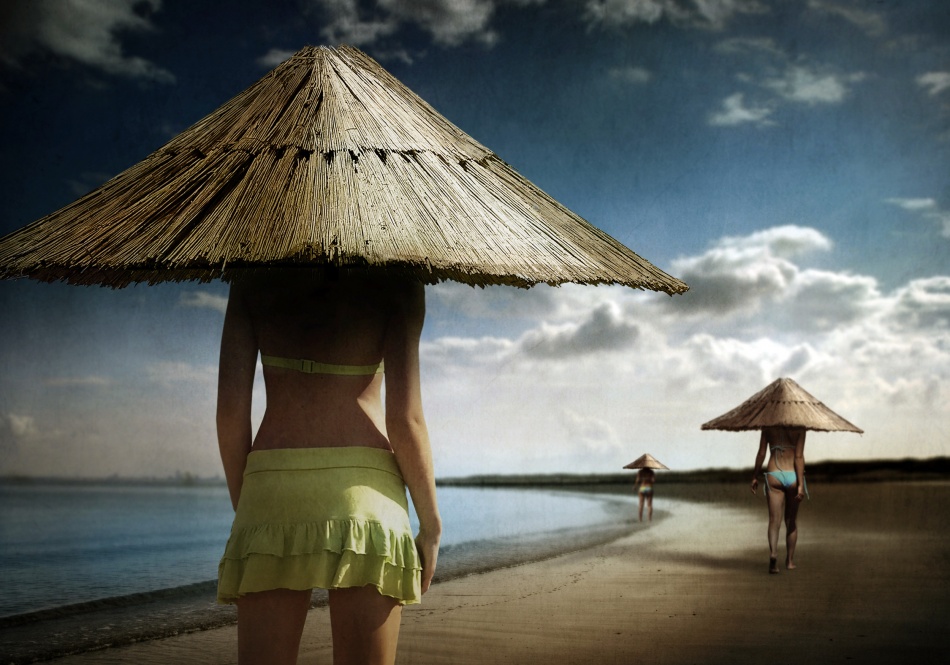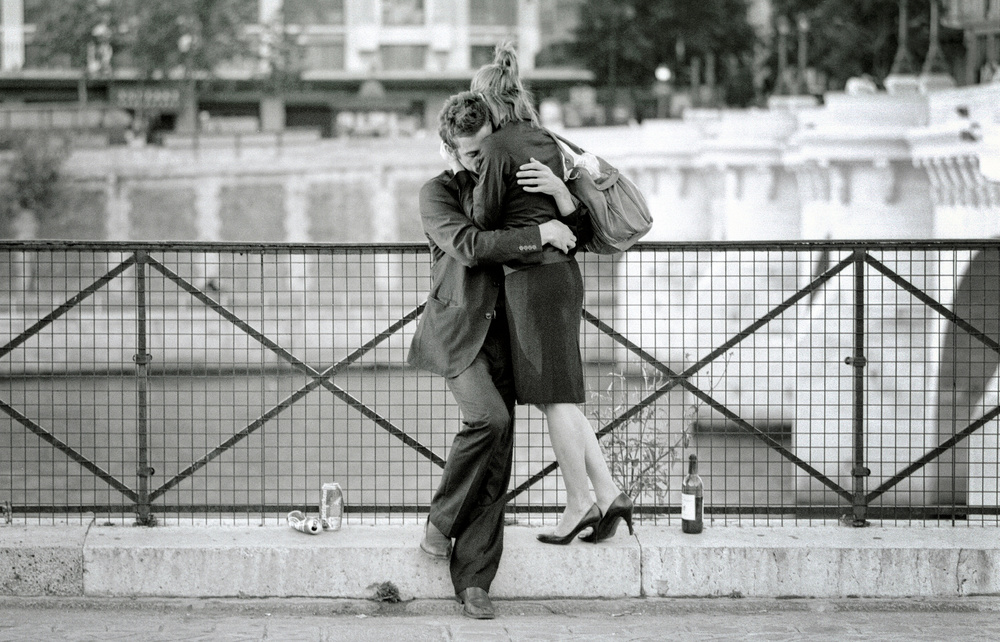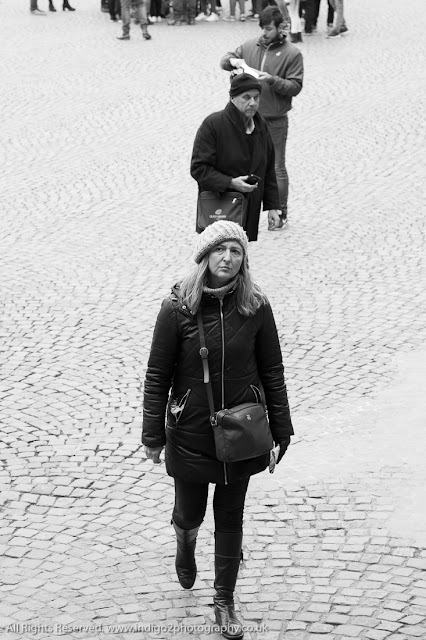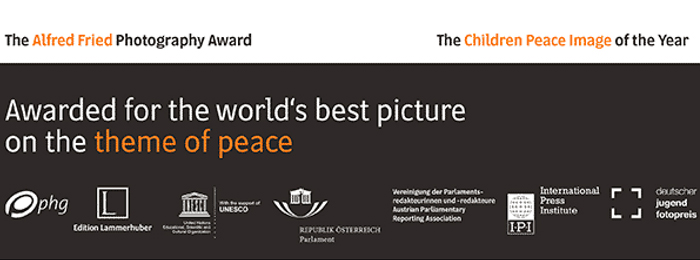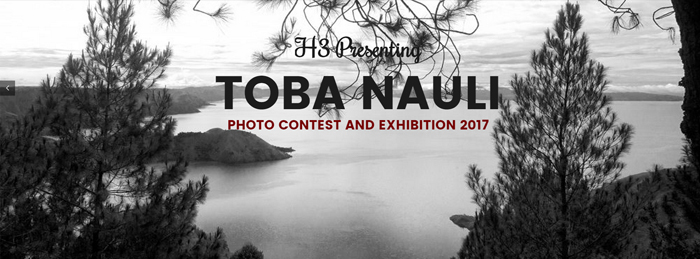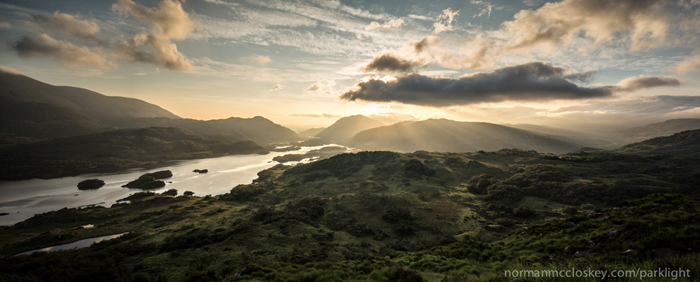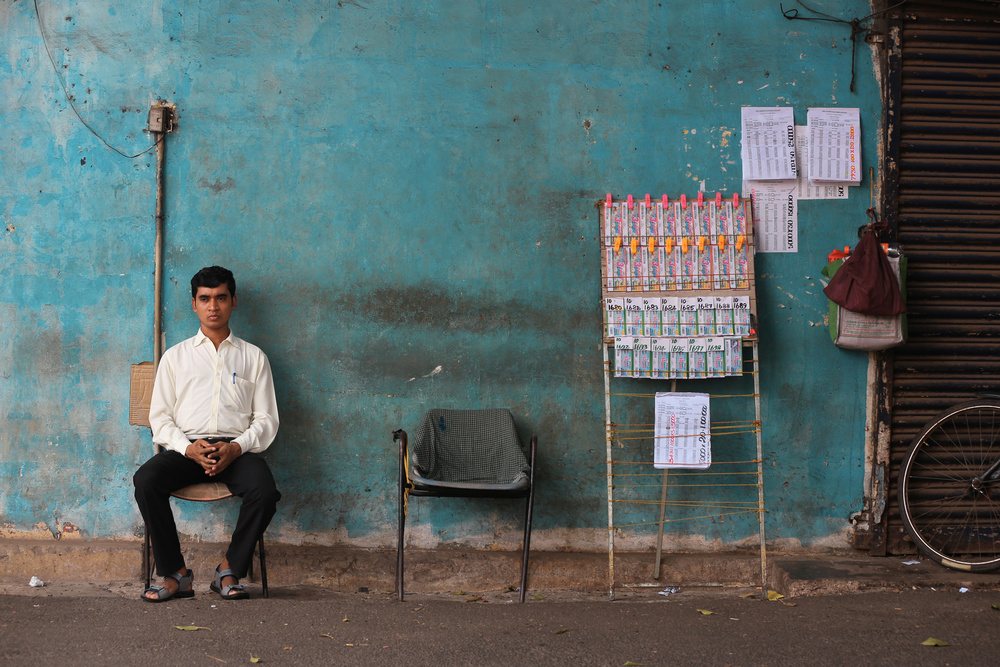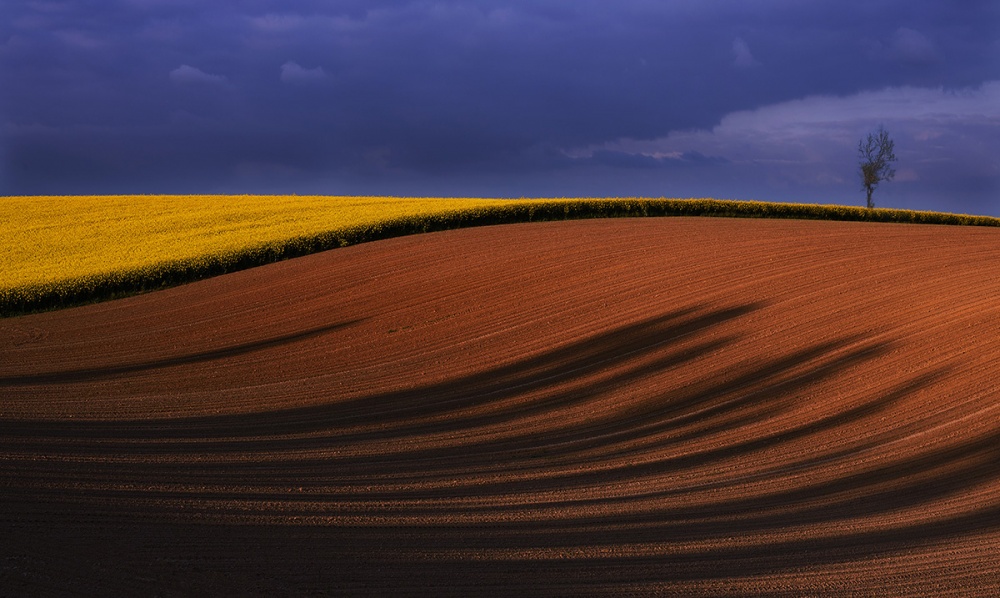Tips & Tricks
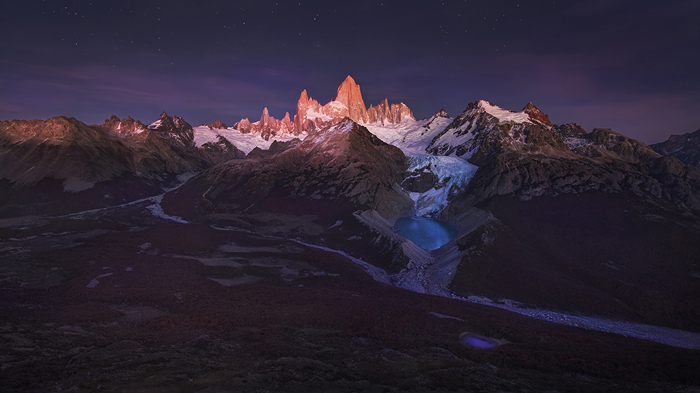
Chasing Pagagonia Mountain Light
1x Blog-Tips & Tricksby Yan Zhang
Sydney based Australian photographer Yan Zhang shares his extraordinary experience and photographs from his 40-days expedition to Los Glaciares National Park, Argentina – one of the most dramatic mountain regions in the world.

Under Moonlight (16mm, f/8, 6s, ISO 400)
Getting there
After picking up my two pieces of 20 kg luggage from Jorge Newbery Airport in Buenos Aires (Argentina), I realised that it was already 8:30pm local time. As my next flight to El Calafate was at 5:45am the next day, I stayed overnight in the airport to avoid potential troubles of getting to a hotel in the dark, especially in such a completely unfamiliar city.
It was the second day of April 2016. My final destination was El Chalten – a small town 200 km north from El Calafate, which is the only entry point to Los Glaciares National Park – one of the major regions of Patagonia from the Argentina side.
Traveling to El Chalten from Sydney was a long journey: I first took a 12hr 40min QANTAS direct flight from Sydney to Santiago (Chile), transited to a 2hr LAN Airlines (Chile) flight to Buenos Aires, then changed to a 3hr 40min LATAN Airlines (Argentina) flight to arrive at El Calafate, and finally I had to take a 3hr bus to reach El Chalten. The entire one-way journey took almost 40 hours – the longest time of travel I have experienced so far.
As the only base for entering Glaciares National Park, El Chalten provides everything one would need to explore this wild mountain region: a wide range of accommodations, several decent restaurants, a grocery shop, and a couple of outdoor stores where one can buy or rent essential camping and climbing equipment.

Town El Chalten

The main grocery shop in the town
Understanding the park’s landscape features
After arriving in El Chalten, I stayed one night in Patagonia Travellers’ Hostel. Early the next morning, I hiked 11 km to go to De Agostini camp-site, where I spent the next two days exploring and photographing Laguna Torre, Cerro Torre and the surrounding area.

Laguna Torre (panorama 11 shots stitched together, 44mm, f/8, 1/8s, ISO 100)
As a sparsely populated mountain region in South America, Patagonia has been an attractive place for mountaineers, hikers, tourists as well as photographers. The region is shared by Argentina and Chile. The Argentina side Los Glaciares National Park is located in Santa Cruz Province and covers an area of 7269 square km. It forms the largest national park in the country. On the Chile side, Torres del Paine National Park forms the other major part of Patagonia.

Patagonia Autumn Impression (24mm, f/10, 1/10s, ISO 100)
Photographers who come to Los Glaciares National Park for the first time often get quite confused about where to shoot their pictures in such a vast mountainous area. Hence, understanding the park’s essential landscape features beforehand is critical in planning one’s photography activities.
Before embarking on my trip, I purchased a topographic map of the park and spent considerable time carefully studying it. Once arriving in El Chalten, I also obtained a copy of the park’s survey map from the hostel, which provides supplementary yet useful information of the whole park.

Los Glaciares National Park Topographic Map

The Park’s survey map, where the red lines show the two main tracks
From the above map, we can see that the park has two clusters of mountain peaks – the famous Fitz Roy and Cerro Torre, which also form the most iconic feature of this park. Around these peaks, there are four major mountain lakes; Laguna Piedras Blancas, Laguna de los Torres, and Laguna Sucia are under Fitz Roy peaks, and Laguna Torre is under Cerro Torre peaks.
These lakes, together with the mountain peaks up close in the background, illustrate magnificent mountain sceneries and offer enormous photography opportunities. However, taking photographs from any nearby locations around these areas can be physically demanding – starting from El Chalten, one has to hike 8-12 km to get to a good location for taking pictures.
In addition to De Agostini camp-site near Cerro Torre and Laguna Torre, Poincenot and Rio Blanco camp-sites provide a good base to access nearby areas around Laguna de los Torres and the other two lakes beneath Fitz Roy. Backpackers usually stay in these two camp-sites to explore the areas around Fitz Roy.
Two major well-marked tracks start from El Chalten and lead to Poincenot/Rio Blanco camp-sites and De Agostini camp-site, respectively.

Morning of Tranquility (19mm, f/16, 5s, ISO 31, CPL filter)
Once I had established a clear idea about the park’s landscape features, I decided to undertake extensive backpacking trips to explore all possible locations that would maximise my chances of attaining the best lighting over the a period of time. During my 40-days stay in the park, I hiked over 300 km along many different tracks in the park, spent more than 20 nights in the mountains, and climbed to two remote mountain locations.

Together with my friend Andy, we bivouacked along the edge of a cliff at a high remote place in the mountain.
Capturing the unusual mountain light
For each of my backpacking trips, I usually stayed 2-3 nights in the mountains, and then went down to El Chalten to get supplies and refreshment. Once I identified a potential shooting location, I patiently waited for the right time to take my shots. Sometimes, I was based at a camp-site and from there I would go to a more remote mountain area and spend a night there to take my photographs.

Laguna Sucia – a place not so easy to be accessed (14mm, f/16, 1/10s, ISO 31)
One afternoon, after completing my photography shooting near Poincenot camp-site, I decided to look for new locations near Laguna Capri. I hiked 6 km to Capri camp-site, set up my tent, and then went in search of new locations. From a vantage point at a cliff's edge, I discovered a small waterfall hidden in the forest. Although I already knew the creek and the valley from my topographic map, the waterfall was not marked at all. Early morning, I returned to this location and captured a dramatic sunrise (see photo below).

View to the Valley (21mm, f/4, 1/20s, ISO 2000)
I really wanted to take a unique picture of this waterfall. By using the app PlanIt! for Photographers, I carefully chose my shooting time. I discovered that there was only one day from April to May, i.e., 24 April 2016, when the setting moon would appear right above the Fitz Roy peaks, and at the same time, the rising sun would just be high enough to project its light towards the peaks and make them shine.

Shooting plan generated from “PlanIt! For Photographers”

Mountains of Moon and Sun (29mm, f/11, 0.5s, ISO 31)
During this expedition, I also made an interesting discovery about the night sky in Patagonia. One night, I camped in Capri and wandered around the lake by myself. The sky was crystal clear, full of blazing stars, and the lake was soothing and still. In front of me was the Fitz Roy peaks. This peaceful atmosphere motivated me to take a star trail picture of this enchanting night mountain scenery.
I set up my Benro C2980T tripod firmly and fixed my Nikon D810 on the top of the RRS BH-55 ball head. Then, I connected the camera with a Nikon MC-36A Multi-Function remote shutter release. I set the shutter speed to 3 min, ISO 640, focal length 32mm and aperture f/5.6. Finally, after carefully checking all setting parameters and the tripod’s stability, I took two experimental shots. In the next one and half hours, I let the camera automatically expose for 70 frames.
When the camera completed the last exposure, I browsed through the shots in a backward order. In the last few shots, I noticed the Fitz Roy peaks glowing brightly in the dark. I lifted my head up to the sky and saw the peaks still translucent in the night. At the same time, the moon was rising behind me – this was an amazing natural phenomenon caused by moonlight.

Journey of Time (70 continuous exposures, 32mm, f/5.6, 180s, ISO 640)
In the next couple of weeks, I spent considerable time observing this interesting phenomenon, at different times and in different locations. By the end, I gained good knowledge about how and when the Fitz Roy peaks would light up and shine by moonlight. The appearance, time and strength of the illumination depended on the phase of the moon. Interestingly, I observed that this phenomenon did not seem to occur on other mountain peaks, such as Cerro Torre peaks.

Shinning in the Darkness (Two exposures – sky 14mm, f/2.8, 25s, ISO 3200, foreground 14mm, f/2.8, 180s, ISO 640)
This image captures the moonlight phenomenon. What makes this image so special is that the Milky Way had moved towards the mountain peaks by the time the Fitz Roy peaks were lit up by the rising moon. The entire process of taking this image took me 15 hours. According to the calculation from the app “PlanIt! for Photograhers”, the chances of capturing the Milky Way and the rising moon over the red peaks of Fitz Roy were very slim, the event probably occurs less than 5 times throughout a calendar year in Los Glaciares National Park.
More Travel and Photography Tips
No Need For Renting A Car: For people who are only travelling to Los Glaciares National Park – Patagonia on the Argentina side, I would suggest not renting a car because you would not have much chance to use it. After arriving in El Calafate airport, you can take a bus from the airport directly to El Chalten.
Photography Time: People usually think the best opportunity to take pictures in Los Glaciares National Park is only during sunrise time. That is one of the main reasons that many photographers only do day hike in the Park starting from early morning and arrive a place before sunrise time to take their pictures. In fact, almost all places in the park are good for both sunrise and sunset shooting. For example, the following picture (Photo 16) was taken in late afternoon. For this reason, backpacking is probably the most effective approach to take because most photography locations are quite far from the town El Chalten. Staying overnight in the camp-site would give you lots of advantages.

View from the Gorge (32mm, f/11, 1/10s, ISO 100)
Photography Gear: I brought three Nikon lenses for this trip – 14-24mm f/2.8, 24-70mm f/2.8 and 70-200mm f/2.8. But I never got a chance to use the 70-200mm f/2.8 lens. In hindsight, to reduce the weight of luggage, the 70-200mm f/2.8 would be the first lens I would remove from my bag.
Remote Mountain Areas: The camp-sites mentioned earlier are common locations when staying in the mountains. They are well maintained and equipped with toilets. There are many other remote locations but they are most likely only accessible by experienced hikers and climbers. Going to these places, one would need to be registered by the park office. Extra climbing equipment such as ropes, crampons and ice axe would be needed. During my expeditions, I hiked and climbed to two particular remote mountain areas in the park. I would suggest that unless one has had previous mountaineering experience, he/she should probably not try to access these remote mountain areas in the park.

Dreamland (18mm, f/13, 0.4s, ISO 31, CPL filter)

